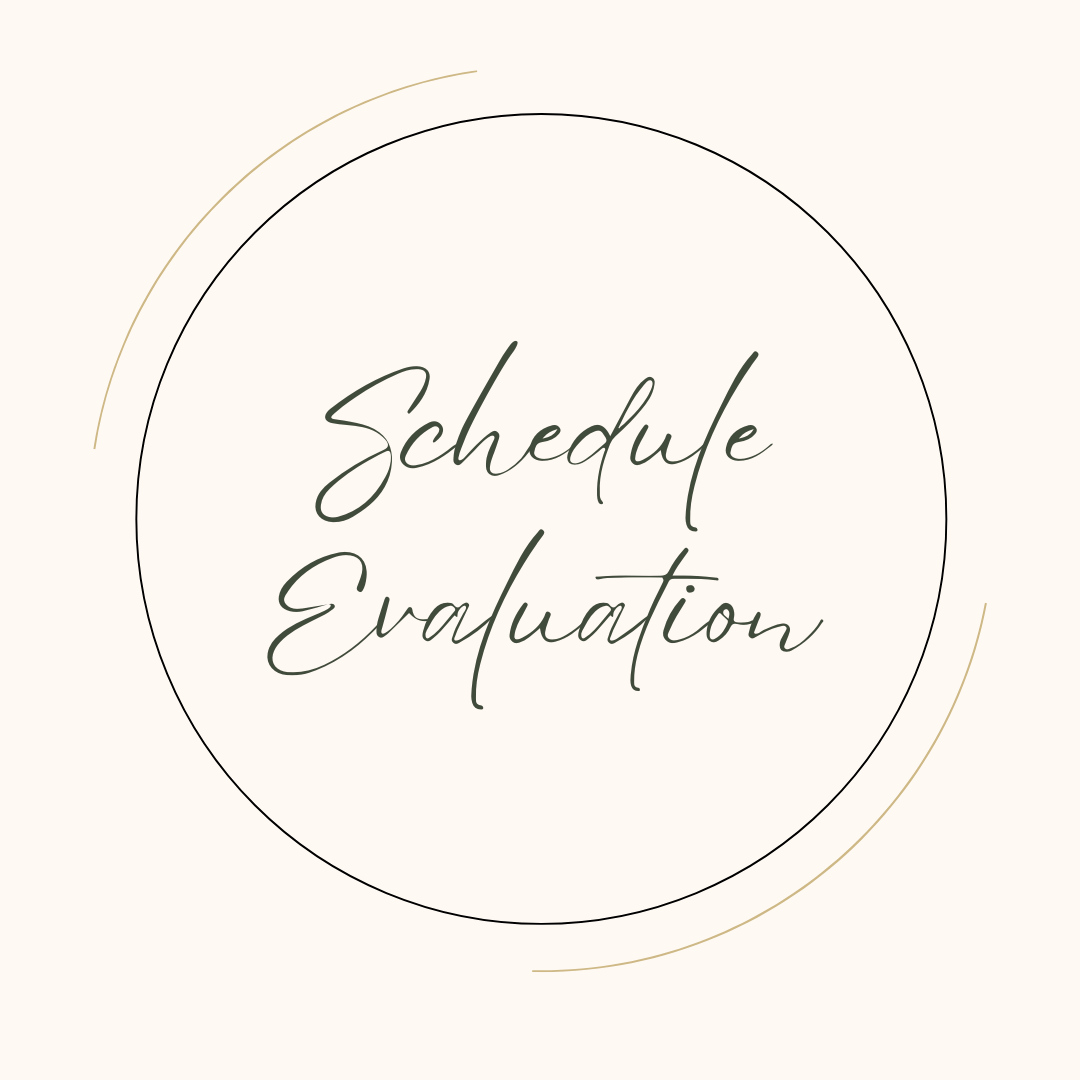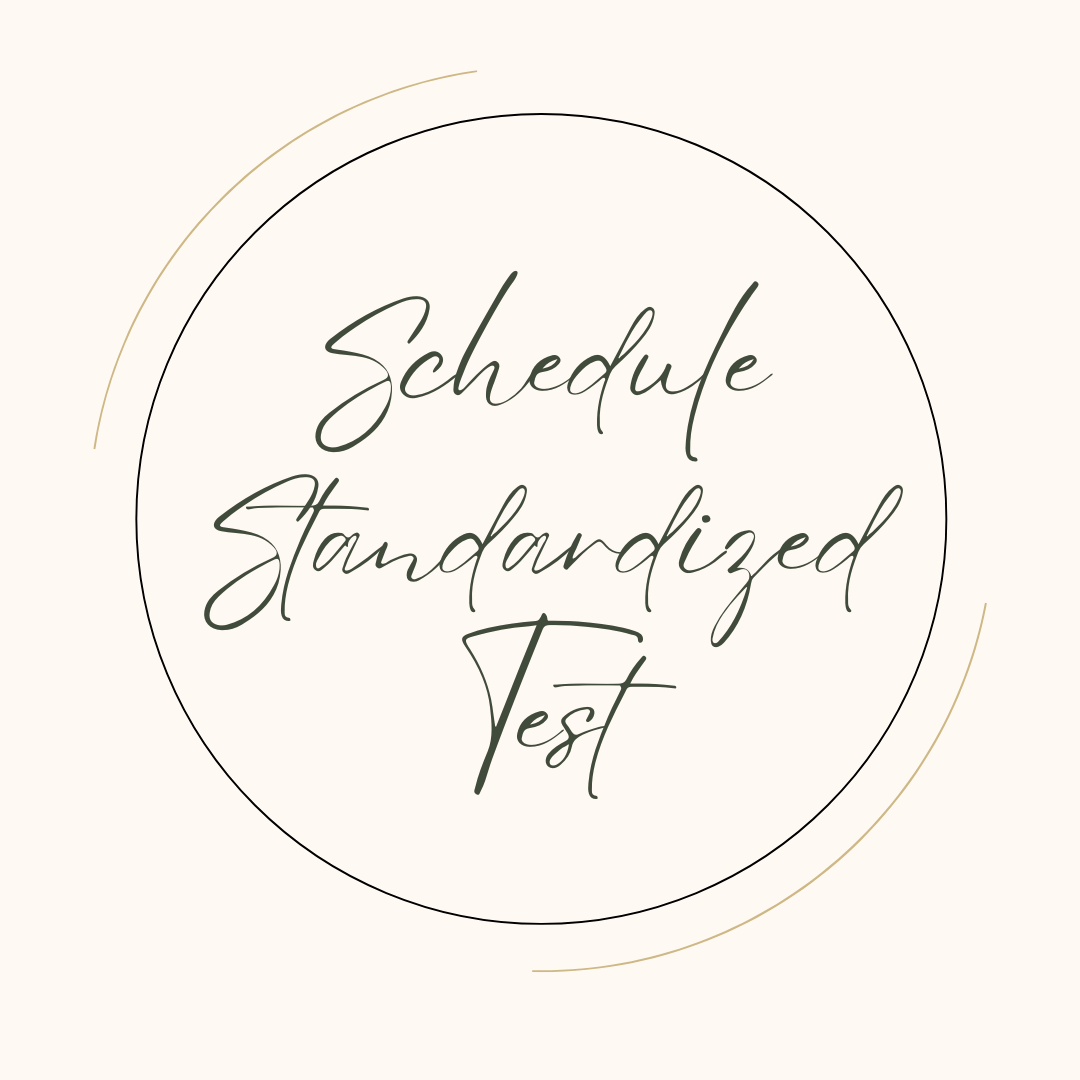AI & Scientific Writing, Data Charts, and a Fill-in-the-Blank Strategy for Writing Fluency
Podcast Episode Script
Podcast Episode Title: May Lesson Plans, Scientific Writing, and Old-School AI Thinking
Hey friends, welcome. I'm so glad you're here today.
In this episode, I'm going to walk you through my May lesson plans — what we're doing in our homeschool — and share how I'm using scientific writing and a little old-school AI thinking to increase writing fluency for my kids.
If you're new here, each month I share the real lesson plans that we're actually doing in our homeschool. It's a way that you can listen along, be encouraged, and maybe pick up some ideas that align with your homeschool goals.
Last month, in April, I talked all about focusing on data analysis — no textbooks, just real-life examples. We found ways to collect data, represent it, and graph it. We looked at outdoor temperatures, tracked Easter egg hunts, even discussed how to organize a dinner menu when guests have different food sensitivities, and I modeled this for elementary, middle, and high school learners — all to help my kids see how information can be organized and thought about critically in a real life context.
[Transition sound or small music cue]
Now in May, we’re taking it one step further. We're shifting into scientific writing.
Specifically, we're asking:
👉 What use does a chart or graph have?
👉 How do we turn that data into a meaningful narrative that actually serves a purpose?
In the episode about April’s lesson plans, I explain how I got the charts started, where I kept them visible, and how I built the habit of noticing them every day.
So as we get into may, here’s the plan:
I’m combining our data charts with a strategy I’ve shared before — one that ties into a previous episode I did about using old-school AI thinking in language arts.
It’s the “fill-in-the-blank” paragraph strategy (think Mad Libs) — something I’ve used for years with all kinds of learners, from struggling writers to gifted ones.
If you want the full breakdown on how I differentiate this strategy to keep it motivating and appropriately challenging, you can find that episode in the archive. But the short version is:
🔹 I do the homework myself the night before.
🔹 I pick a simple chart observation — just one! — and write a short paragraph:
"According to the chart, our prediction about X was not accurate. It actually was Y because Z."
🔹 Then, based on each child’s writing level, I strategically remove words to create blanks they can fill in.
Here are some examples:
🧒 Elementary Level Data Analysis Writing Exercise
Last week in ______________________(city, state) the weather was mostly (adjective) __________. The highest temperature was _______ degrees on (day) __________. The lowest temperature was _______ degrees on (day) __________. The weatherman said it would be (adjective) __________, and he was (correct/wrong) __________. Most of the days were (hot/cold/warm) __________, and I would wear my (clothing item) __________ if I went outside!
🧑🎓 Middle School Level Mad Lib Data Analysis Writing Exercise
According to the chart comparing predicted and actual temperatures in ______________(city, state) the forecast was mostly (accurate/inaccurate) __________. The biggest difference between the predicted and actual high temperature was on (day) __________, when the forecast was _______°F, but it actually reached _______°F. Over the whole week, the (high/low) __________ temperatures were more consistent. This shows that weather predictions are usually (reliable/unreliable) __________, but they can still (verb) __________ sometimes.
🎓 High School Level Mad Lib Data Analysis Writing Exercise
The temperature data from ________________(city, state) last week reveals how closely predicted temperatures matched actual readings. For example, on (date) __________, the forecast high was _______°F, and the actual high was _______°F, a difference of _______°F. Across the week, the (high/low) __________ temperatures showed greater variation from predictions. This suggests that short-term forecasts are (adjective) __________, though still susceptible to (noun) __________. The data emphasizes the importance of (scientific method/statistical analysis/pattern recognition) __________ in improving weather prediction models.
The key here — and this is really important — is starting small and encouraging.
Especially early in the month, I minimize the number of blanks so that my kids feel confident and successful. I want them to want to engage with the process.
Because over time, this method grows writing fluency, improves attention to detail, and strengthens their ability to communicate with a specific audience.
And I have to say — after 20+ years of teaching — I know this works. So I approach this practice with a lot of confidence, and I hope to pass that encouragement on to you too.
And before we close today, I want to share how a little old-school AI thinking helped me with these ideas this week. I asked AI to make me a new chart, which I caution you from doing right away—before you’ve helped your kids learn the mechanics of how charts and graphs are constructed. Then, I asked AI to generate the fill-in-the blank paragraphs for me at various ability levels, but before using them with my kids, I still do my own homework. I do the exercise before or with them…to keep me sensitive to their learning style and needs.
For the examples I shared above, I asked AI the following prompts:
Create a chart of the predicted temperature and the actual temperatures of Birmingham, AL for the last week.
And
Write a mad lib style paragraph with blanks to fill in of a paragraph analyzing the data in this chart at the elementary level. Then give me two more versions at the middle and high school level.
And that’s really the heart of my May lesson plans.
If you've been following along for a while, you might have picked up on this already —
I don’t do a ton of heavy lesson planning.
I focus on making steady, meaningful progress in math and language arts every day, using materials that I love and trust.
One page, one problem, one good question at a time — as many days as we can throughout the year.
Then in other subjects like science, history, and Bible, I target specific academic "muscles" I want to tone.
If you want to hear more about how I approach history, Bible studies, or even how these strategies tie into SAT and standardized test preparation, I have episodes on those topics, too.
So that’s it for today — those are my May lesson plans!
Thanks for listening, and I hope this gives you fresh ideas and fresh encouragement for your own homeschool journey.




